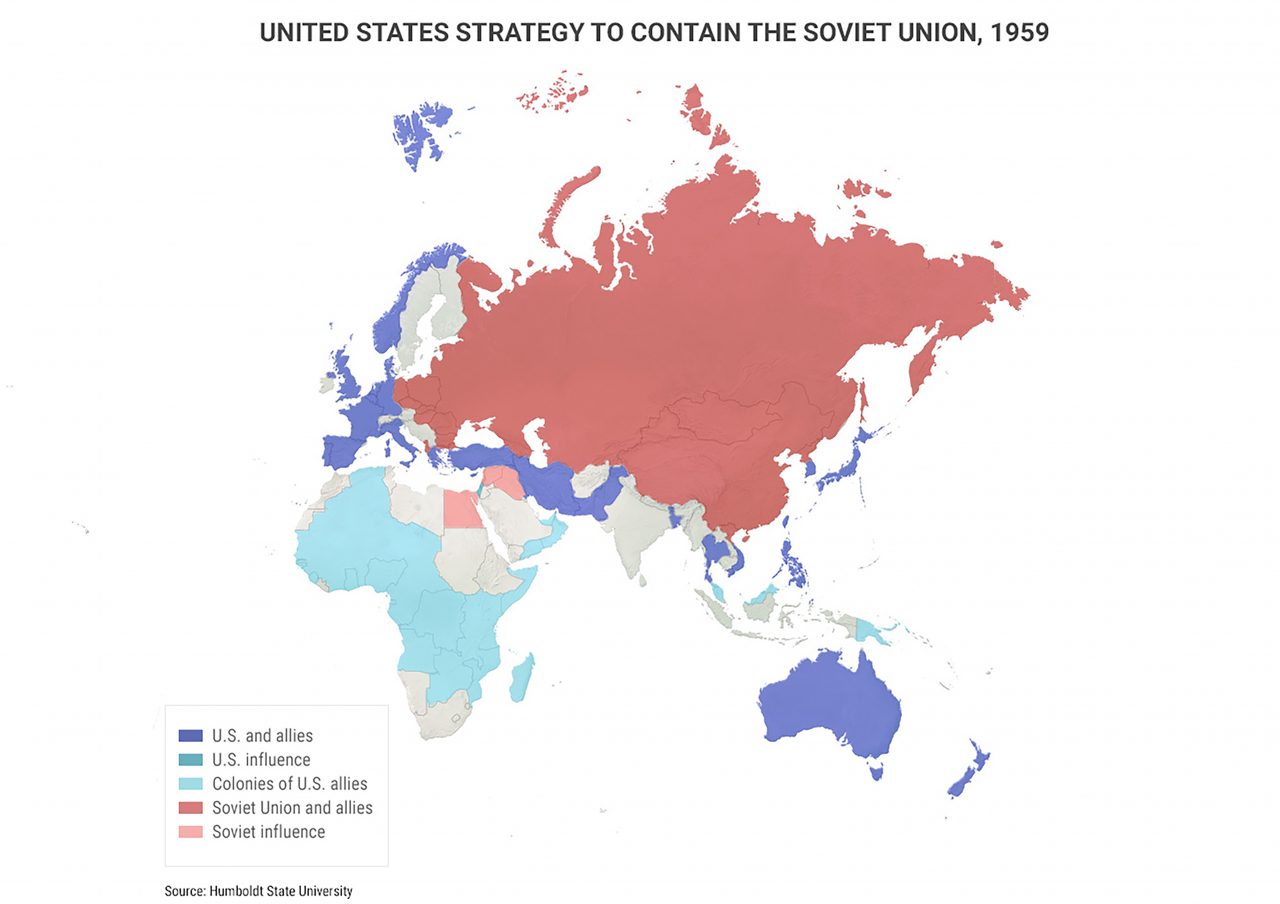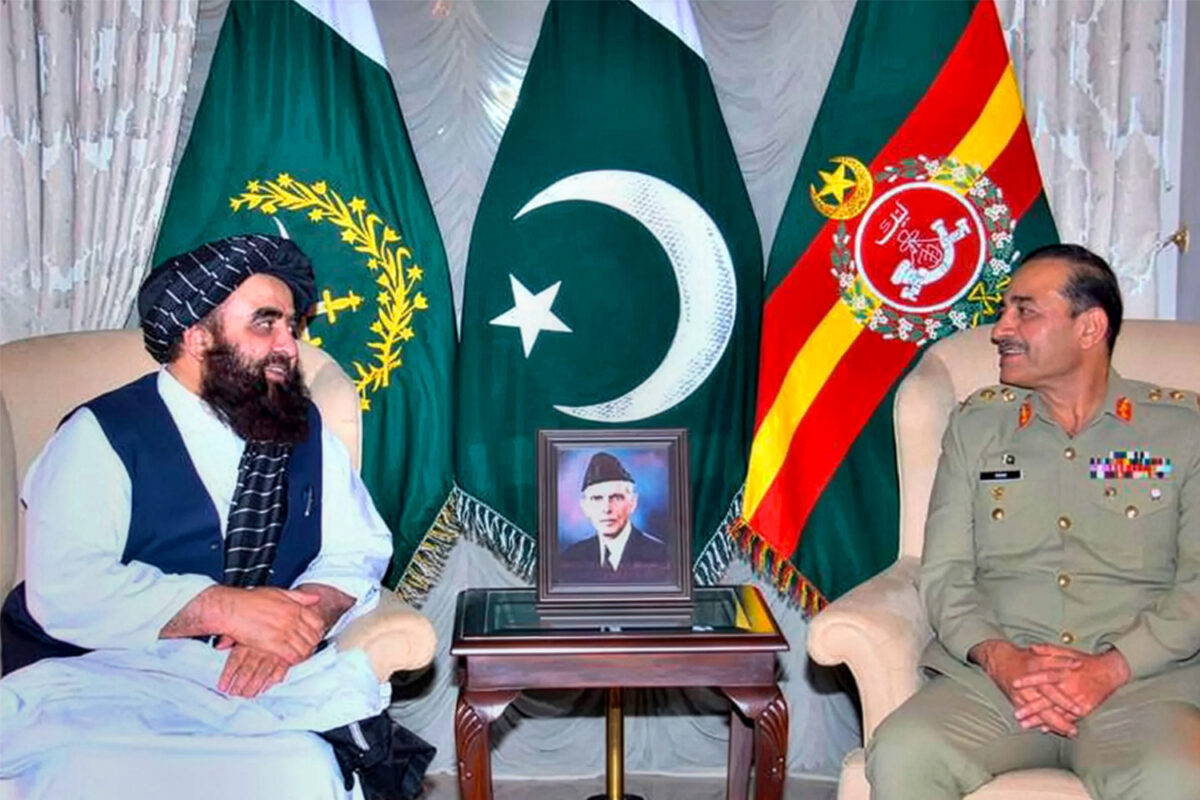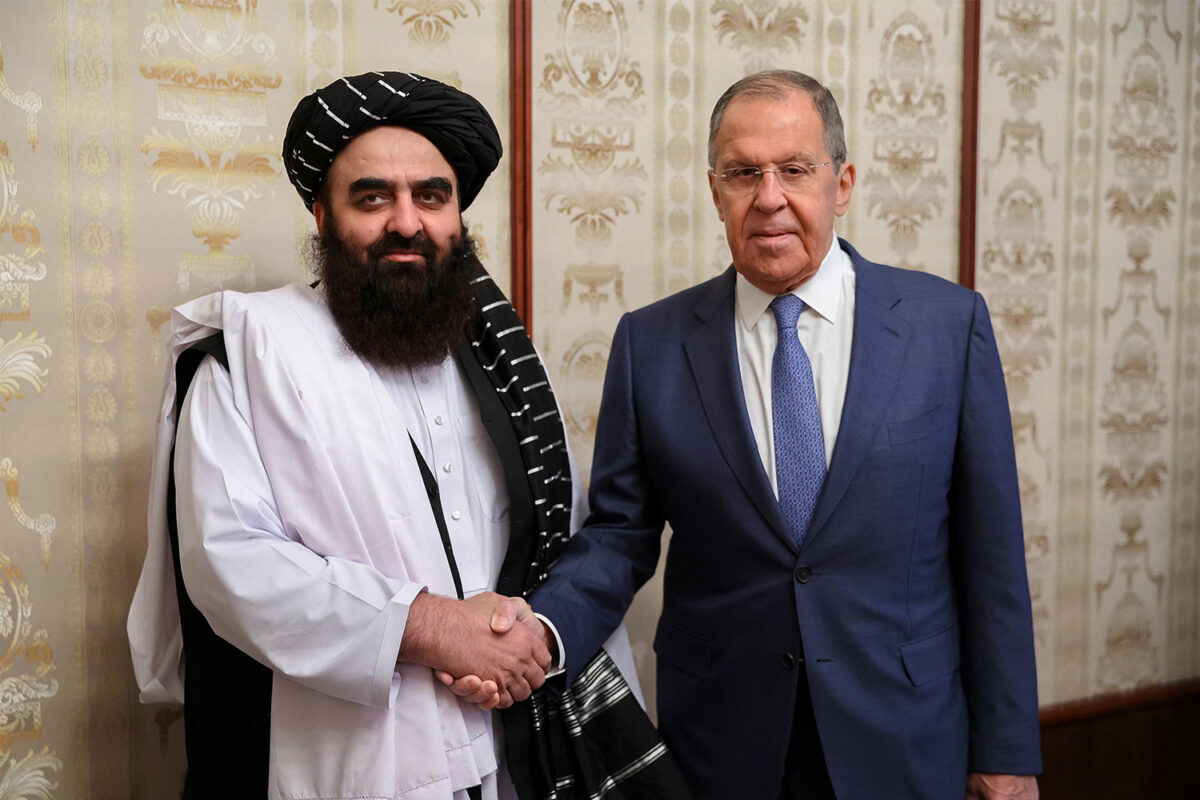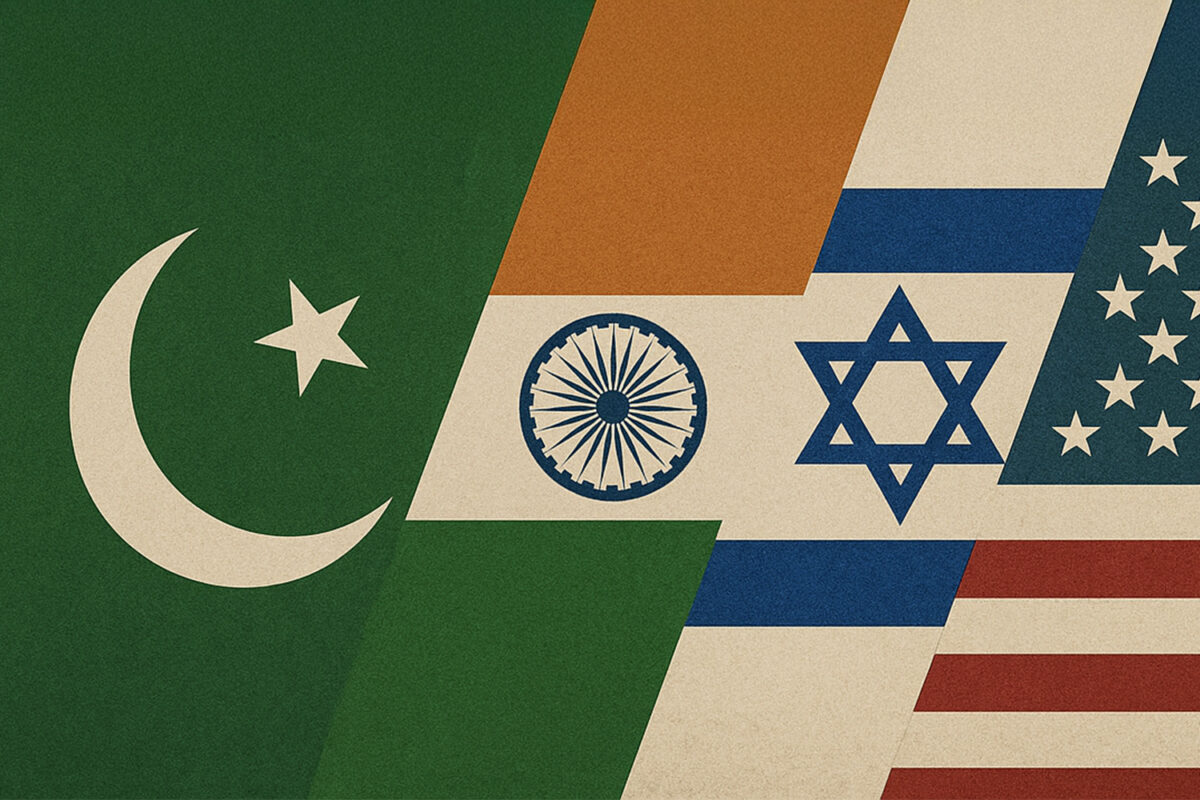During the Cold War, the summits that took place between the Soviet Union and the US attracted global attention as the outcome from these summits had global implications. US President Joe Biden and Russian President Vladimir Putin had their first summit on 16 June 2021, but the global context this summit took place in is very different to the bi-polar world of the past. Today’s Russia is not the Soviet Union, and the US is not the power it was two decades ago as it faces the rise of other powers, especially China. Despite President Trump’s relationship with Putin the underlying strategic rivalry remains between both nations with China now a new element to the relationship.
Despite the huge US support for Russia during WW2 that included providing huge supplies of military equipment to take on the Nazi war machine, when WW2 ended very quickly relations turned antagonistic as Russia’s borders increased all the way to Germany in the west and all the way to Afghanistan in Asia. The Soviet Union began supporting proxy guerrilla groups, arming and training the developing world and financing non-state actors in order to create a global revolution. The US created a containment line from Norway down to Turkey, through Iran, Pakistan and Japan in order to contain the spread of communism. The Cold War never led to direct conflict between the two powers but took place through proxies in various regions and theatres. Despite the few summits between both nations relations remained tense as both were competing to establish a world in line with their ideological beliefs.

At the end of 1991 the USSR collapsed, 15 new republics emerged, and Russia’s border moved from Afghanistan back to the deserts of Kazakhstan and in the west from Berlin the Russia border moved over 700 miles east. Under the guise of globalisation and shock therapy economics, global institutions such as the IMF and World Bank moved into former Soviet territories. A number of former communist bloc nations joined the EU and NATO, and US energy companies began to see Central Asian energy, long behind the iron curtain as the new Middle East. The colour revolutions were further used to being pro-West leaders to power in Ukraine, Kyrgyzstan and Georgia. Interestingly the US, Europe nor China moved in for the kill, Russia was in chaos in the 1990s, the country had descended into chaos. But Europe was not united enough to take advantage of Russia’s problems, China was focussed on its internal development and the US was more interested in global domination now that communism had collapsed.
Russia’s situation began to change from the late 2000s when the security class were able to get back into power after the struggle between various internal factions finally saw a victory for the security class over the pro-West technocrats and the mafia. Putin, who was from the security class, was able to weaken the oligarchs, re-centralise the country and the country’s mineral resources and bring to an end nearly two decades of chaos in Russia. When Russia sent its armed forces into Georgia in 2008, the world, including the US, took notice. Russia began to push beyond its historic borders to regain the former Soviet republics and this was going to bring it into conflict with the US.
Putin, who was from the security class, was able to weaken the oligarchs, re-centralise the country and the country’s mineral resources and bring to an end nearly two decades of chaos in Russia
Little Russia
Whilst Russia has once again become an important player in the world, it is not the Soviet Union and therefore does not challenge America’s global position. It lacks the capabilities to do so. Russia continues to project an image of strength and shows it’s a global player but the US summits, meetings and talks since 2000 have not been on the same basis as the US-Soviet summits of the Cold War era. These were of equal powers, with their own blocs where they dominated different regions of the world. Today’s Russia is extremely far from this reality and the US only sees Russia as a regional power who can project power into the Baltics, Eastern Europe, Caucasus and Central Asia – all regions Russia shares borders with.
When Russia invaded and occupied Crimea in 2014 the US moved NATO and placed sanctions on Moscow which has hurt the Russia economy. Relations further deteriorated when Russia organisations were accused of interfering in US elections and successive regimes expelled diplomats. Even President Trump’s positive attitude of Putin being a strongman didn’t see an easing of sanctions, they increased under Trump due to Human Rights abuses, the arrests and imprisonment of pro-democracy activists.
The China Factor
It was in this negative light the Biden-Putin summit took place in Geneva on 16 June 2021. It also appears little progress was made on key issues. The summit was scheduled to last for four hours but was over in two hours.[1] There was no joint press conference after the summit, but rather individual press conferences took place and a vague joint statement about no one winning in a nuclear war and the START III treaty. It was President Biden that called for the meeting between the two and with little progress being made it would seem the meeting was a complete failure.
The summit took place with a rising China and with US containment strategy in the Far East struggling to contain China’s attempt to dominate Southeast Asia. The US has for long seen Russia as a possible counter to China. Like what the US achieved during the Sino-Soviet split when it was able to win China against Moscow, today the US is interested in having Russia play this role. This strategy was laid out by Zbigniew Brzezinski, the former National Security Advisor to President Jimmy Carter back in 1998: “the most dangerous scenario would be a grand coalition of China and Russia…united not by ideology but by complementary grievances. This coalition would be reminiscent in scale and scope of the challenge once posed by the Sino-Soviet bloc, though this time China would likely be the leader and Russia the follower.”[2] Whilst the US does not want to share the world with anyone, it doesn’t mind if other countries do the heavy lifting that aids US goals. This was achieved in Syria with the US and Russia working together on a number of fronts, but for the moment this strategy against China has not succeeded.
Much of the headlines about the summit focused on the personal relationship between Biden and Putin. As history has shown, the fate of the world and between nations does not rest on personal relationships between leaders. The national interest and strategic realities of the world defines what happens and on this front US-Russia relations have been very consistent. Both are adversaries, but today’s Russia is in no place to challenge America’s global position. A Sino-Russia alliance would be a nightmare for the US and driving a wedge between the two is a vital issue currently.
[1] Putin summit wraps up early as WH leaves US press in dark (nypost.com)
[2] Brzezinski, Zbigniew, The Grand Chessboard: American Primacy and Its Geostrategic Imperatives, 1998




